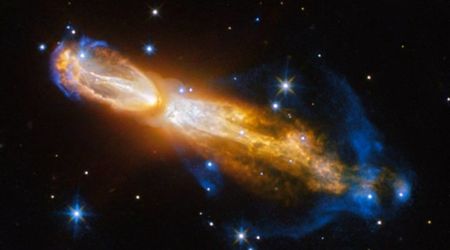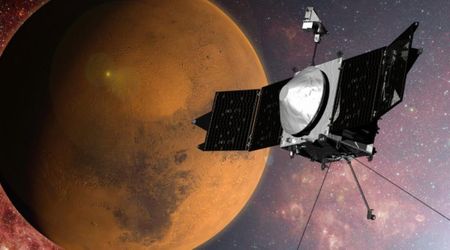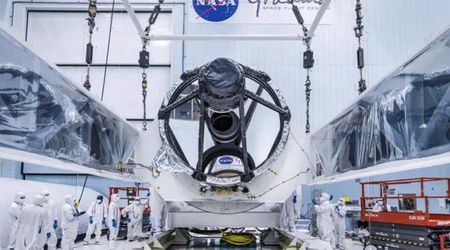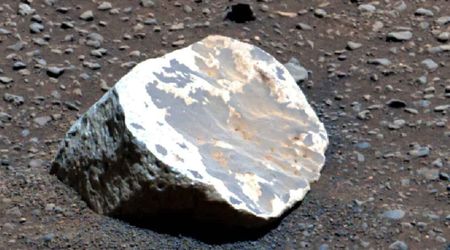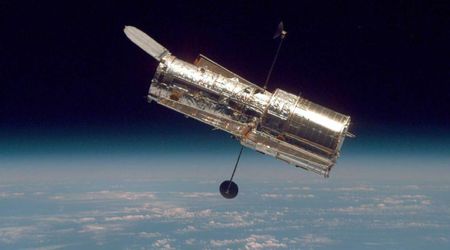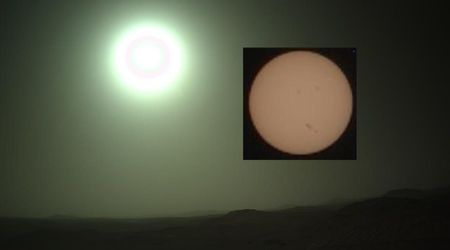NASA’s Europa Clipper experiments with star-tracking camera and catches a bonus view—Uranus
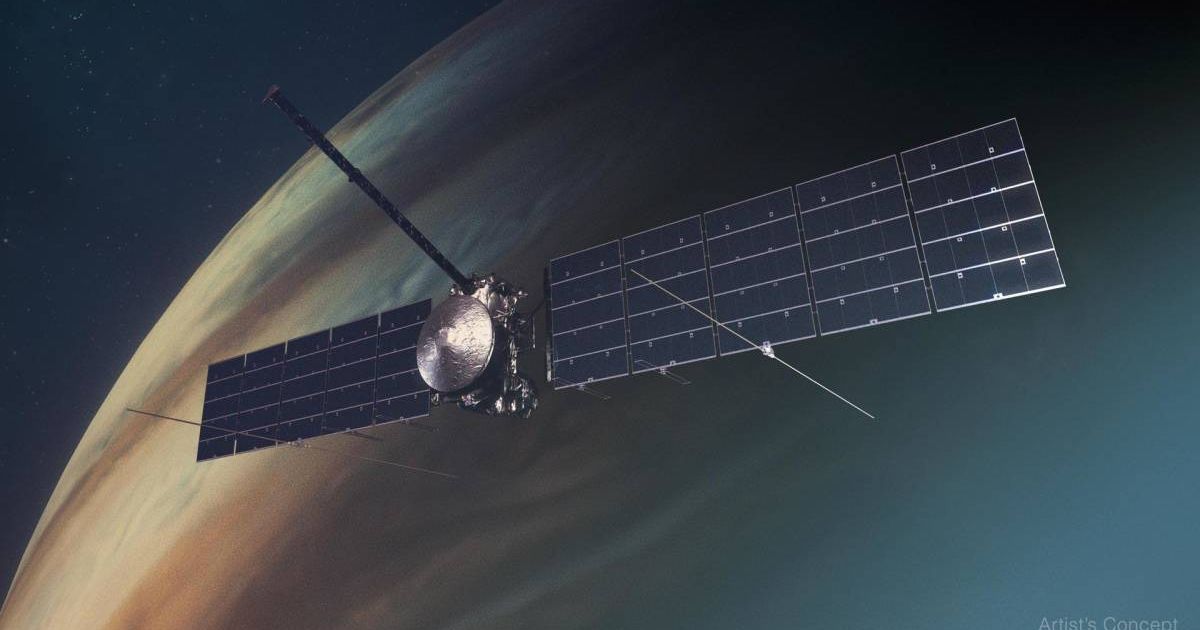
NASA’s Europa Clipper spacecraft is on its cruise to explore Jupiter’s mysterious ice moon, Europa. On this path, it clicked a spectacular image of a starfield and Uranus. This cosmic image, shared by NASA, was captured on November 5, 2025, while the spacecraft experimented with one of its two stellar reference units or star-tracking cameras.
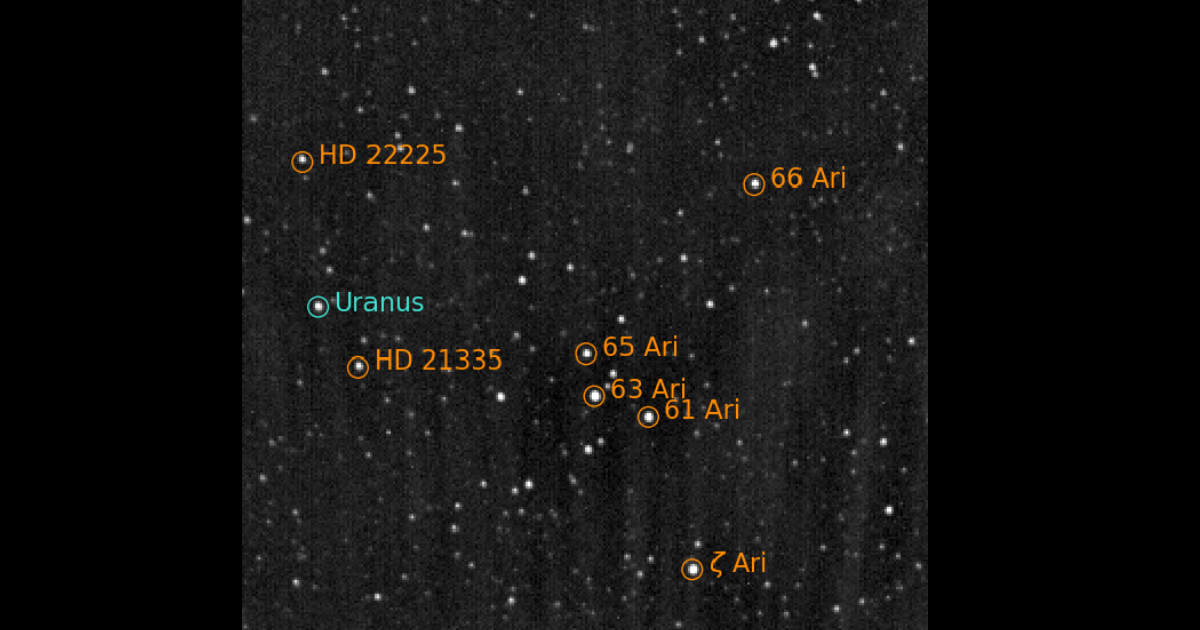
The field of view points to 0.1% of the full sky around it, and these star-tracking cameras are used for maintaining spacecraft orientation. When the spacecraft captured the image, it was around 2 billion miles away from Uranus. The Europa Clipper was launched in October 2024 and is expected to arrive at the Jupiter system in 2030, and will conduct around 50 flybys of Europa.
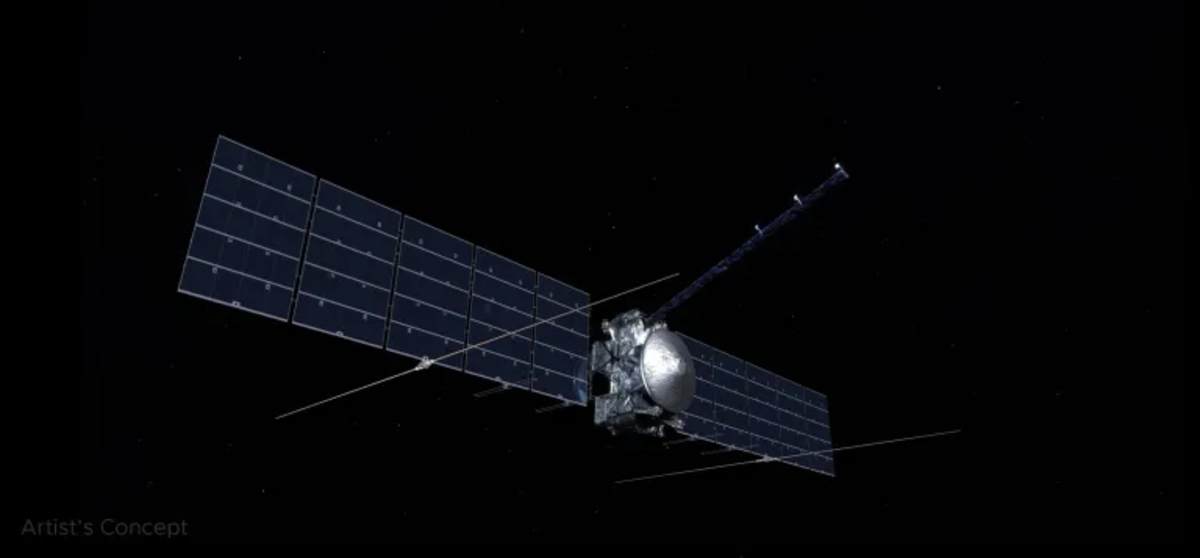
The main goal of the scientific endeavor is to discover whether there are places below Europa’s surface that have the potential to support life. The main goals of the mission are to learn about the moon’s icy shell and its thickness, its surface interaction with the ocean below, to look into its composition, and to characterize its geology. This study of Jupiter is mainly being done to discern whether there is a hint of astrobiological potential for habitable worlds beyond our planet.

The Europa Clipper will travel 1.8 billion miles to Jupiter and has nine science instruments, along with a gravity experiment using the telecommunications system. All of the craft’s science instruments will operate simultaneously on every pass, according to NASA. The flybys will happen at closest-approach altitudes as low as 16 miles above the surface. The craft will be focusing on a different location in each flyby so that it can scan almost the entirety of the moon. The Europa Clipper is the largest spacecraft NASA has ever developed for a planetary mission.
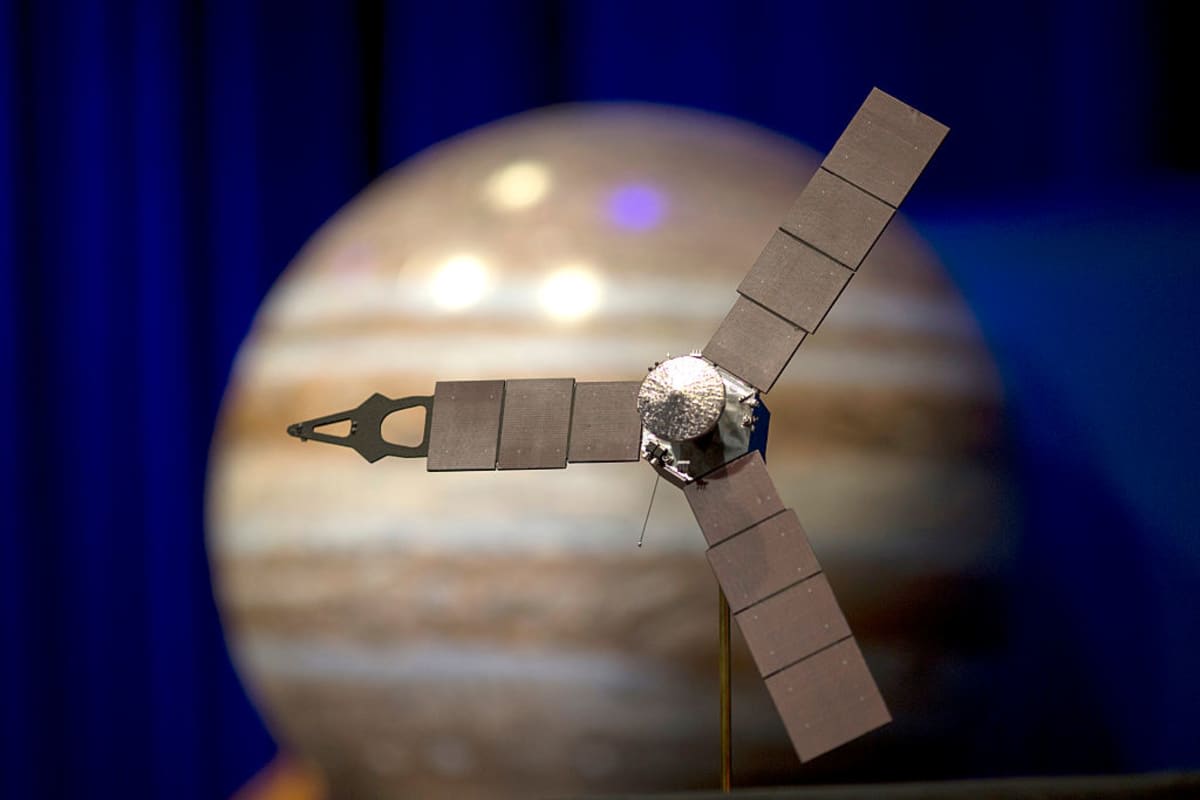
The spacecraft spans around 16 feet in height and will reach more than 100 feet with its arrays deployed. The spacecraft also has a dry weight, the mass without any propellant in the tanks, of 7,145 pounds. It carries massive solar arrays and radar antennas, large enough to collect enough light that is needed to fulfill its power requirement. As Europa experiences radiation and is caught in Jupiter's magnetic field, the craft’s payload and electronics are kept in a thick-walled vault. This strategy of enclosure was first developed successfully for NASA’s Juno spacecraft.
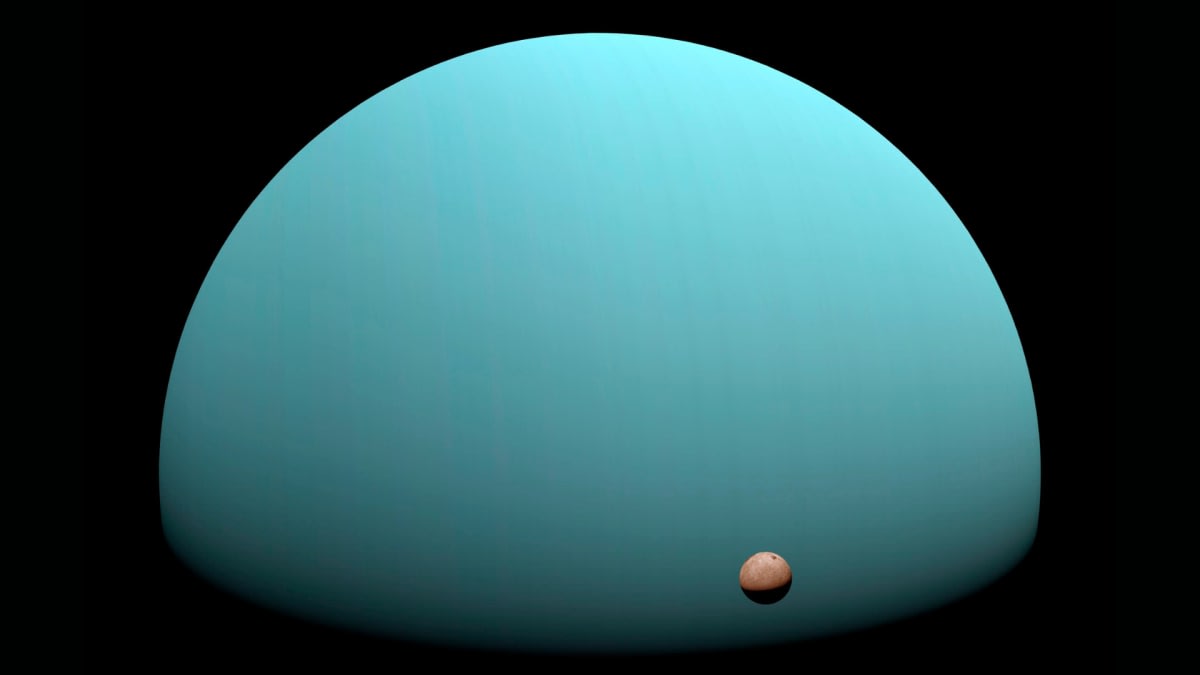
The vault walls are made of titanium and aluminum, acting as a radiation shield against most of the high-energy atomic particles. This will help slow down the degradation of the spacecraft’s payload and its equipment by dramatic proportions. While all these materials are being sent to study the moon of Jupiter, the journey brings along some great surprises. Uranus getting caught in the starfield view of the camera is one such surprise, but obviously a happy one.
More on Starlust
Europa Clipper en route to Jupiter captures stunning image of Mars with moons Phobos and Deimos
